An electronic sock detects an “unhealthy” walking style linked with diabetes and poor circulation to prevent foot ulcers and amputation.
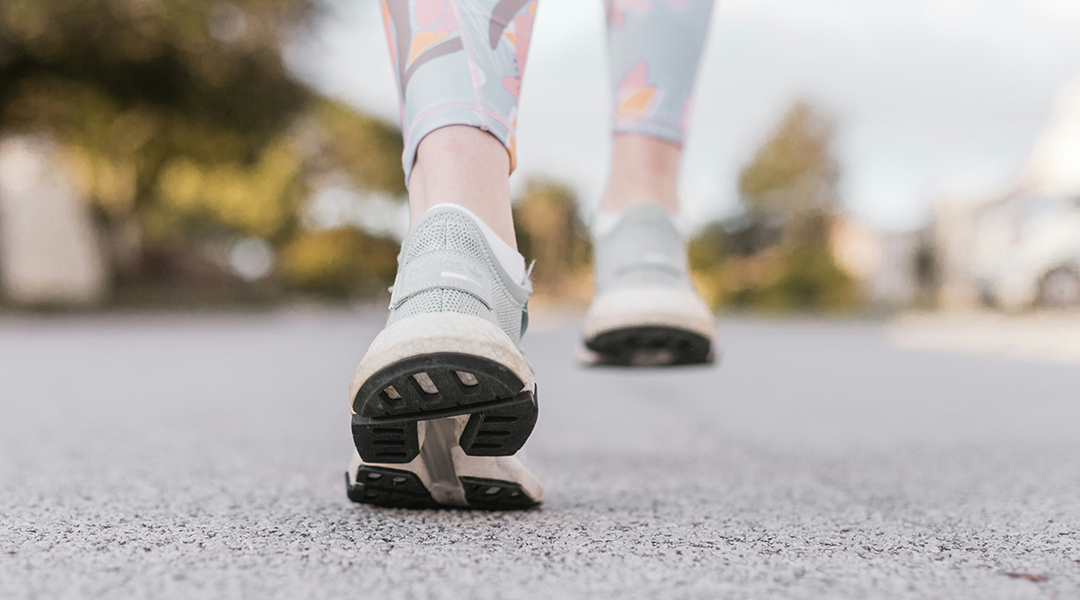


An electronic sock detects an “unhealthy” walking style linked with diabetes and poor circulation to prevent foot ulcers and amputation.

A transparent underwater robot camouflages itself to explore the ocean, reducing encounters with delicate sea life.

Modifying hydrogen fuel cells with caffeine helped protect them from degradation, resulting in up to 11-fold increase in activity.
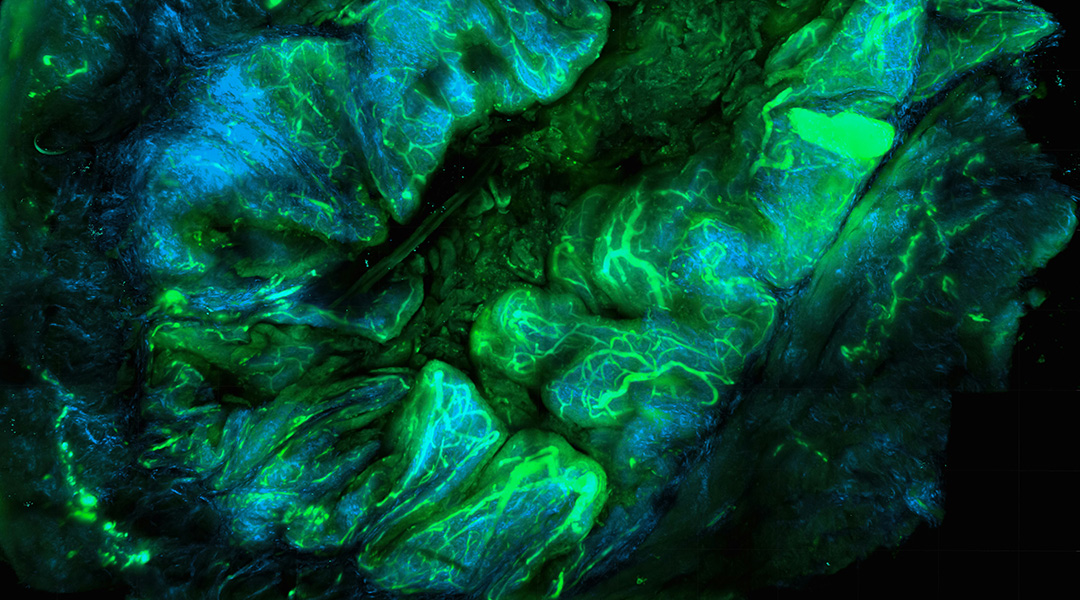
New probe system offers real-time protein mapping within living cells, unlocking insights into cellular function and disease mechanisms.
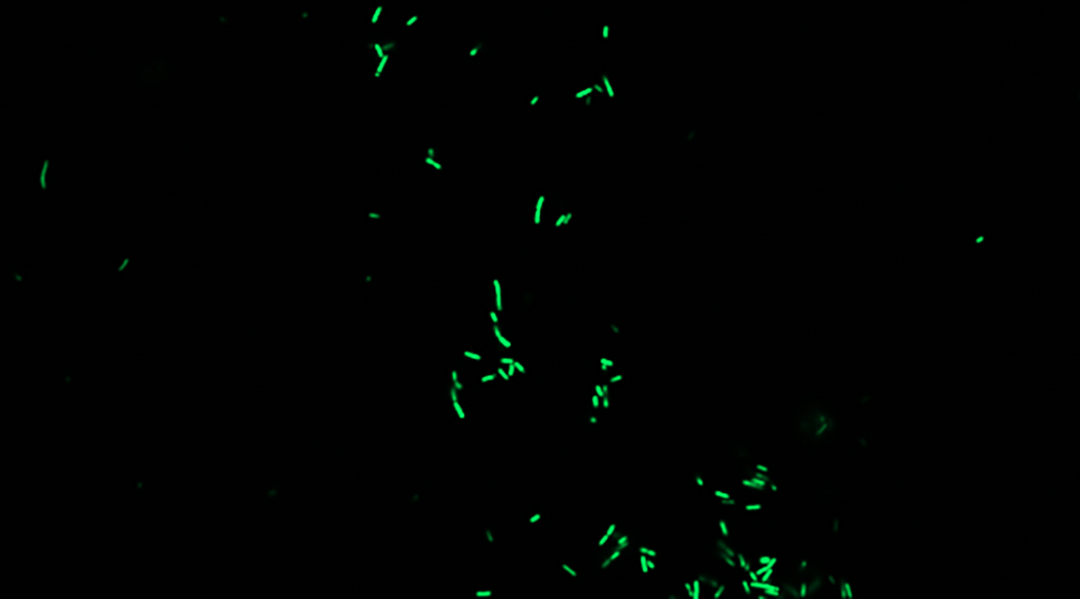
First living biosensor developed to study honeybee gut microbiome, providing insights into health and conservation.
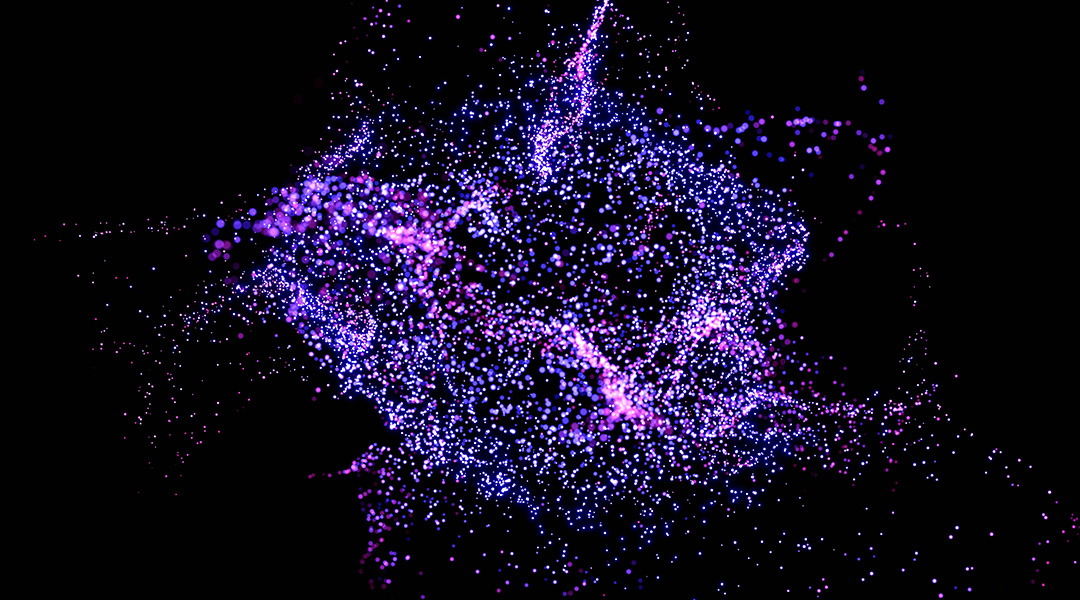
Nanoparticles with innovative coatings target tumor cells, enhancing chemotherapy effectiveness while minimizing side effects.
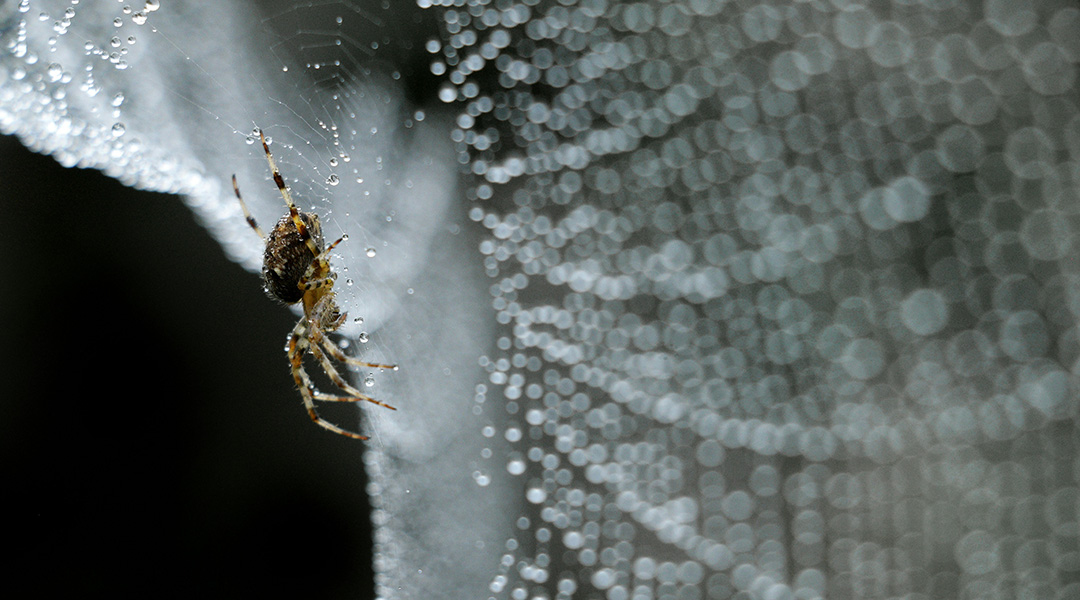
Plant cells outperform yeast or bacteria in producing spider silk proteins, enhancing production efficiency.
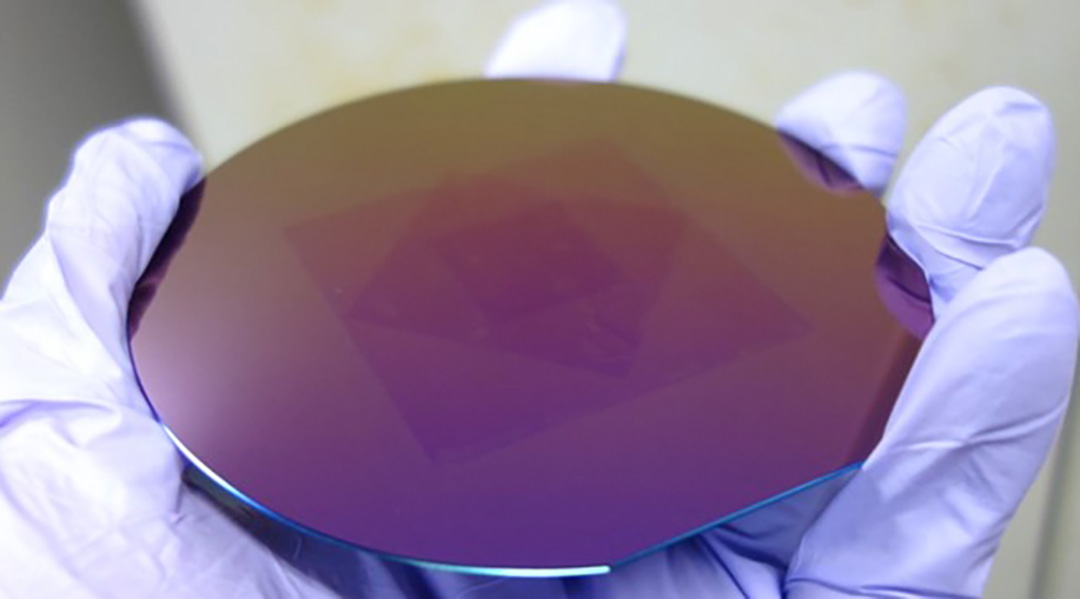
Breakthrough molecular tape streamlines transfer of fragile 2D materials, opening doors for industrial-scale production.
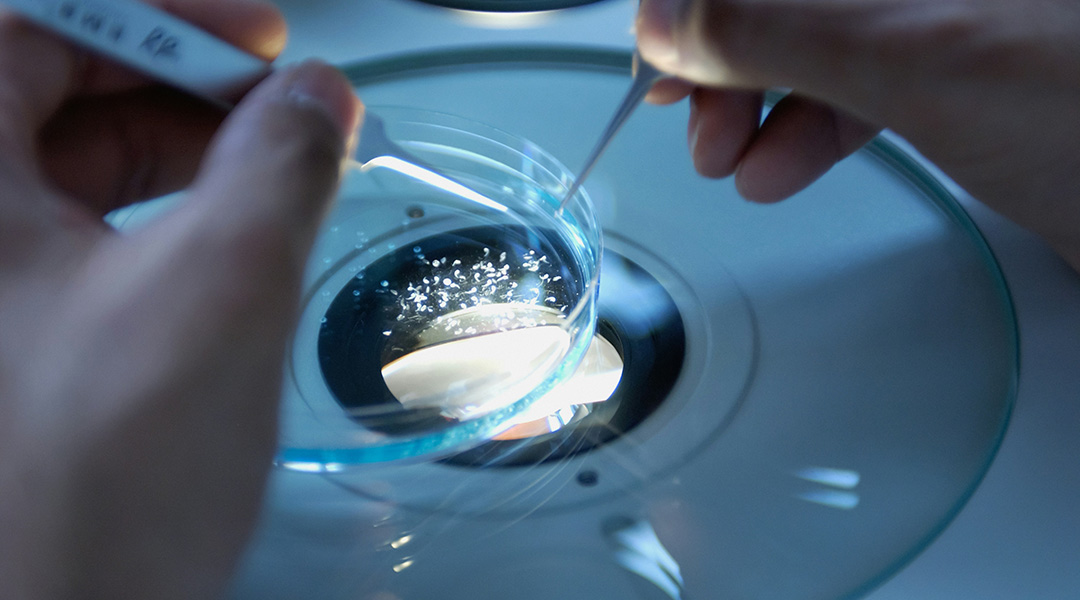
The new protocol identified microbes that standard techniques alone couldn’t, uncovering previously unknown bacterial strains in the process.
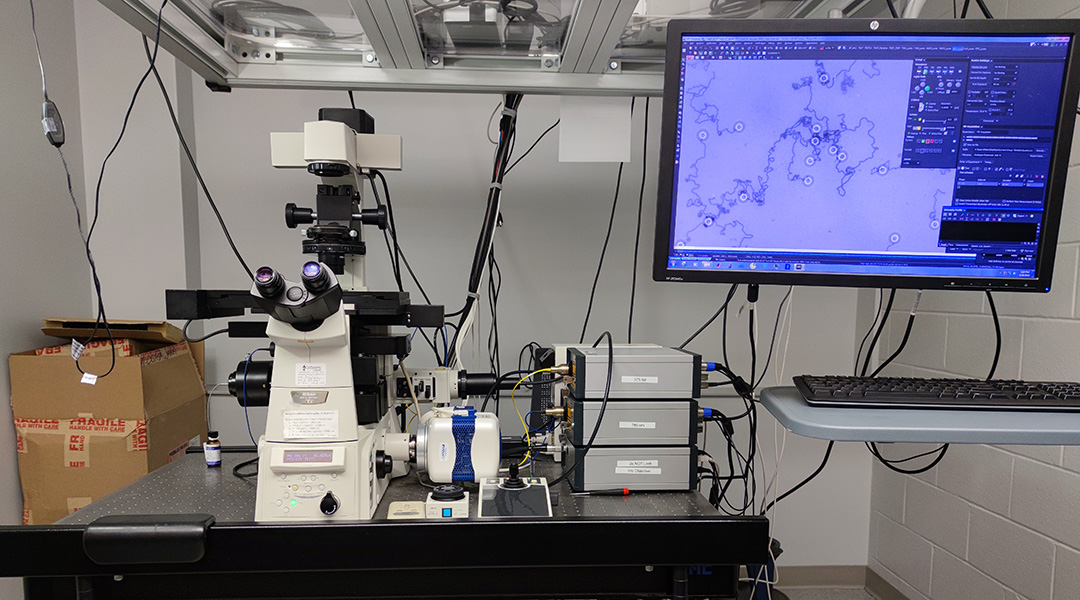
Scientists achieve threefold speed boost for DNA nanomotors and applied them to breakthrough virus detection for SARS-CoV-2 and RSV tests.